What is Vicodine 5-10mgand how is it used?
Vicodine 5-10mg is a prescription opioid medication used to treat the symptoms of moderate to severe pain. Vicodine 5-10mg may be used alone or with other medications.
- Vicodin is an analgesic, opioid combo.
- It is not known if Vicodin is safe and effective in children younger than 2 years of age.
How to use Vicodine 5-10mg
Take Vicodine 5-10mg by mouth as directed by your doctor. You may take this drug with or without food. If you have nausea, it may help to take this drug with food. Ask your doctor or pharmacist about other ways to decrease nausea (such as lying down for 1 to 2 hours with as little head movement as possible).
If you are using a liquid form of this medication, use a medication measuring device to carefully measure the prescribed dose. Do not use a household spoon because you may not get the correct dose.
The dosage is based on your medical condition and response to treatment. In children, the dosage is also based on weight. Do not increase your dose, take the medication more frequently, or take it for a longer time than prescribed. Properly stop the medication when so directed.
Pain medications work best if they are used as the first signs of pain occur. If you wait until the pain has worsened, the medication may not work as well.
If you have ongoing pain (such as due to cancer), your doctor may direct you to also take long-acting opioid medications. In that case, this medication might be used for sudden (breakthrough) pain only as needed. Other pain relievers (such as ibuprofen, naproxen) may also be prescribed. Ask your doctor or pharmacist about using this product safely with other drugs.
What are the possible side effects of Vicodine 5-10mg?
Vicodin may cause serious side effects including:
- noisy breathing
- sighing
- shallow breathing
- feeling lightheaded
- nausea
- upper abdominal pain
- tiredness
- loss of appetite
- dark urine
- clay-colored stools
- yellowing of the skin or eyes
- vomiting
- dizziness
- tiredness or weakness
Precautions
Before taking this medication, tell your doctor or pharmacist if you are allergic to it; or to other opioids (such as benzhydrocodone, hydromorphone, morphine, codeine); or if you have any other allergies. This product may contain inactive ingredients, which can cause allergic reactions or other problems. Talk to your pharmacist for more details.
Dosage Forms & Strengths
tablet: Schedule II
- 2.5mg/325mg
- 5mg/300mg, 5mg/325mg
- 7.5mg/300mg, 7.5mg/325mg
- 10mg/300mg, 10mg/325mg
oral solution/elixir: Schedule II
- (7.5mg/325mg)/15mL
- (10mg/300mg)/15mL, (10mg/325mg)/15mL
Moderate to Severe Pain
1-2 tablets (2.5-10 mg hydrocodone; 300-325 mg acetaminophen) PO q4-6hr PRN
Acetaminophen: Not to exceed 1 g/dose or 4 g/24 hr
Hydrocodone: Maximum daily dose should not exceed 60 mg/24 hr
Dosing Modifications
Hepatic impairment: Avoid chronic use or high doses of acetaminophen (ie, >4 g/day) in hepatic impairment
Dosing Consideration
Access to naloxone for opioid overdose
- Assess need for naloxone upon initiating and renewing treatment
-
Consider prescribing naloxone
- Based on patient’s risk factors for overdose (eg, concomitant use of CNS depressants, a history of opioid use disorder, prior opioid overdose); presence of risk factors should not prevent proper pain management
- Household members (including children) or other close contacts at risk for accidental ingestion or overdose


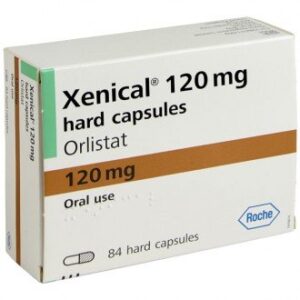
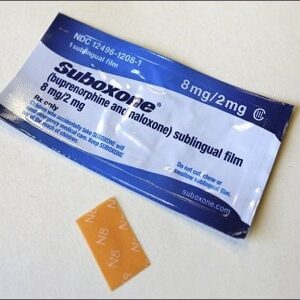
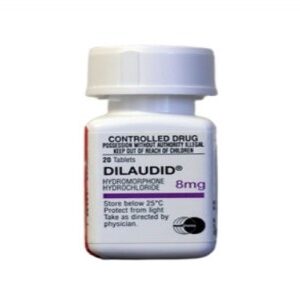
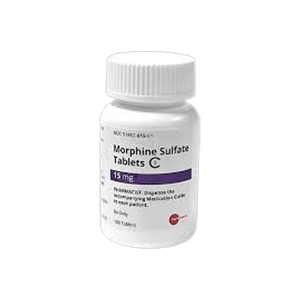
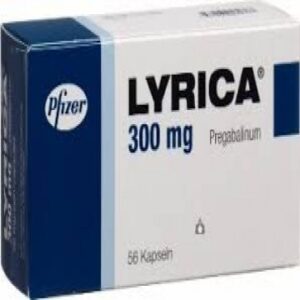
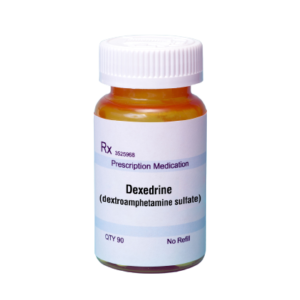
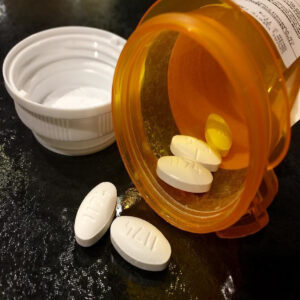
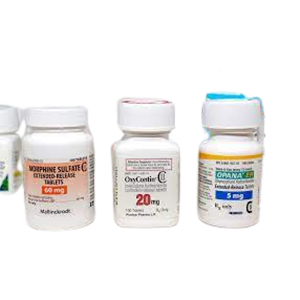
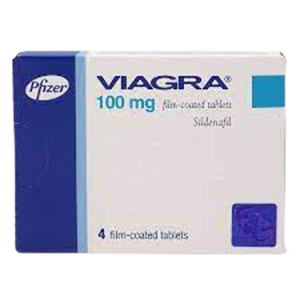
Reviews
There are no reviews yet.